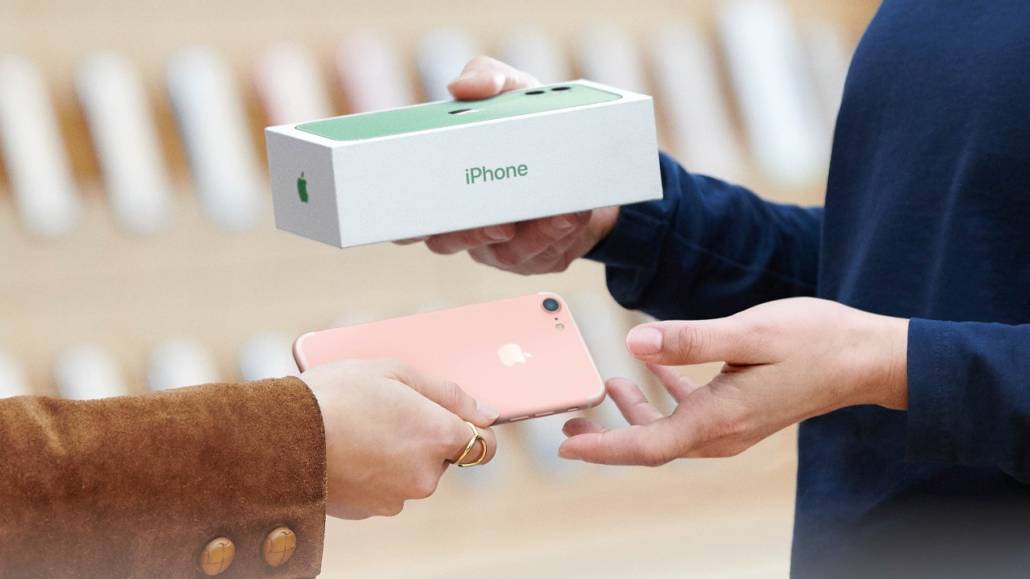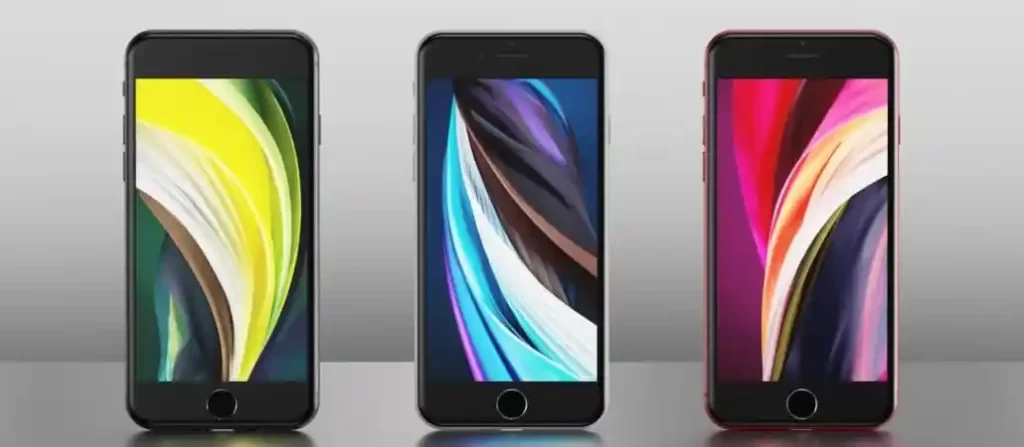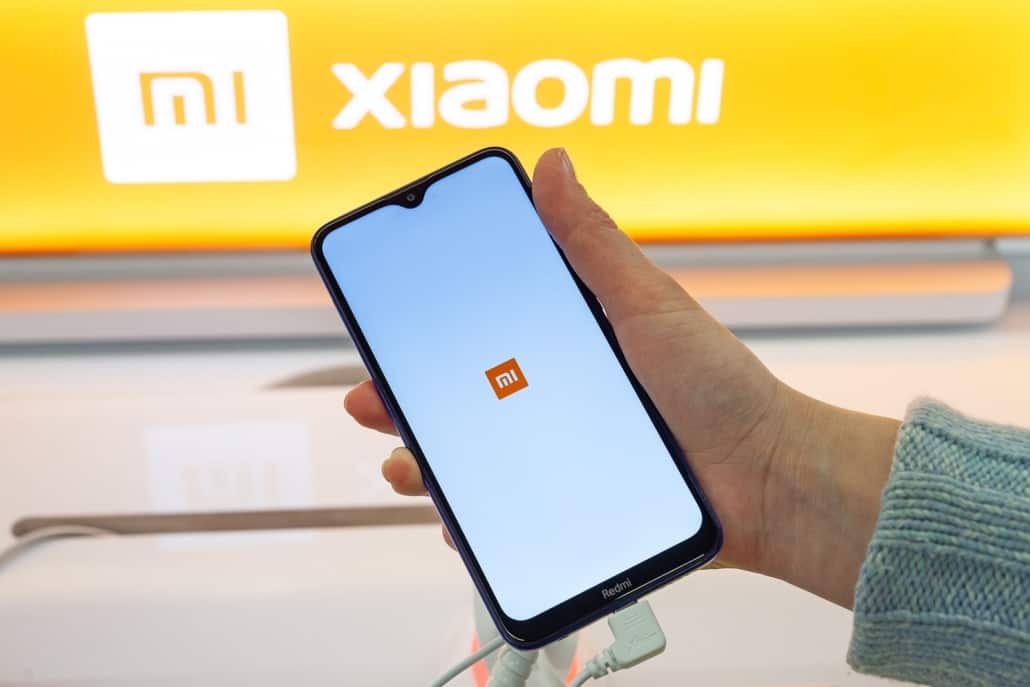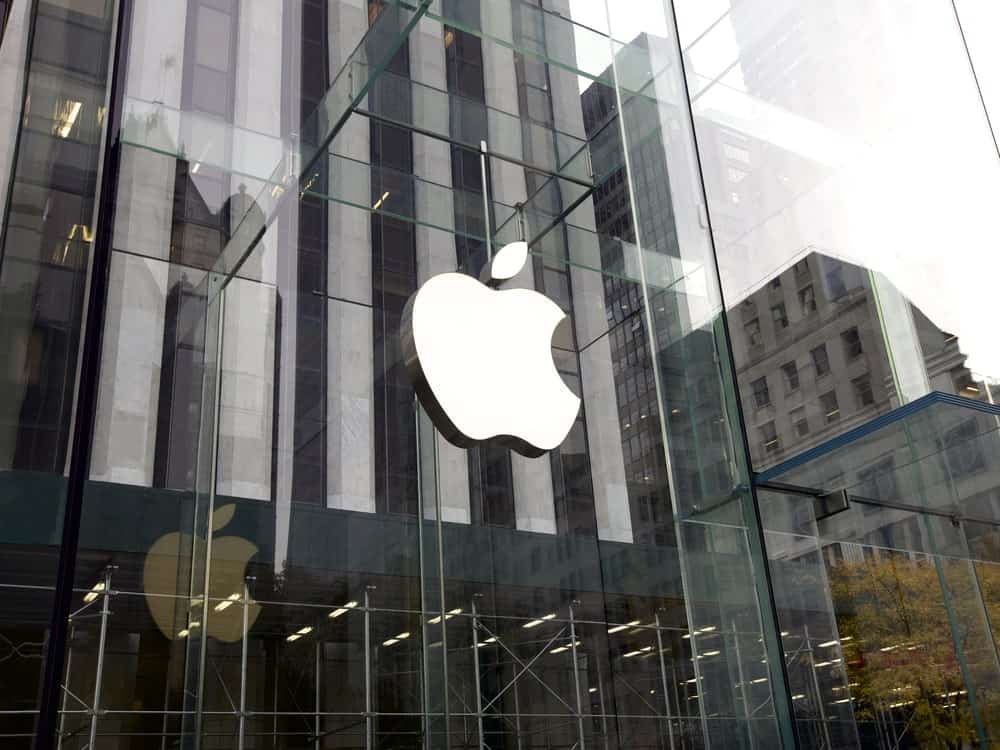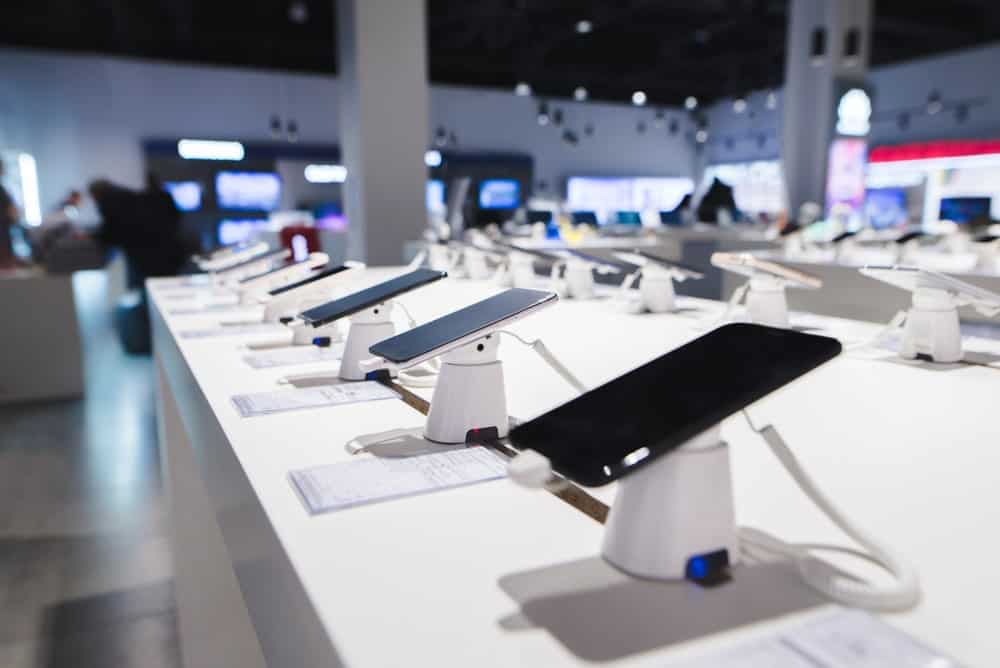What Rumors About Apples 5G Release in 2020 Could Mean for Resellers
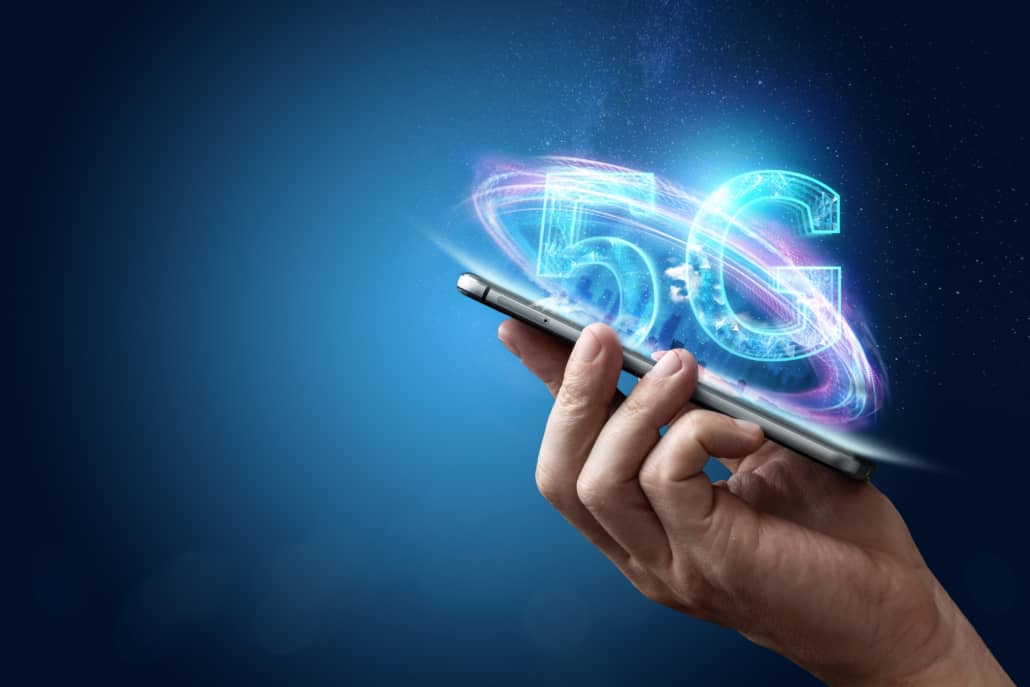
It is looking likely that Apples 5G 2020 iPhone launch will include a total of four new 5G-capable devices. Most insiders had suspected this and many were confident that 2019 would be the year of 5G-capable devices for Apple. As resellers know, September’s launch of the iPhone 11 series dashed any hopes that the brand would usher in the age of 5G technology before Christmas. Apple’s decision to postpone a 5G launch actually places the company behind competitors like Samsung in the American market. Apple’s decision to delay was a calculated one, as 5G infrastructure, technical features, and market demand weren’t mature enough in 2019. That could change this year. Let’s take a look at why 2020 could be the year of Apple’s 5G launch and what effects it might have on the secondhand market.
What can we expect from Apple’s 5G phones?
Apple has been quiet about what its 5G products will look like. The consensus among analysts is that Apple will release four phones in three sizes in 2020. We expect to see phones that measure in at 5.4 inches, 6.1 inches, and 6.7 inches. The largest model will likely come equipped with sensor-shift technology that provides users with better quality for photos and videos during motion shots.
Let’s compare this projection of Apple’s 5G design with the Samsung Galaxy S10 5G that’s currently leading the 5G market. The Samsung Galaxy S10 5G is essentially Apple’s only true competitor in the American market for the time being. This Android 9.0 device measures in at 6.7 inches. That’s an exact match to what is expected for Apple’s largest 5G model. Apple will be in direct competition with Samsung if it releases a 5G phone that mirrors the size of the popular Galaxy 5G option. Apple is likely targeting consumers who like extremes by releasing a 5G model that’s just 5.4 inches.
Apple’s anticipated option for a phone measuring at 6.7 inches is notable because it appeals to consumers who stream or produce entertainment on their phones. 5G is ideal for both streaming and livecasting. Both the front and rear cameras on the Galaxy S10 5G have 3D depth. Apple consistently outshines Samsung when it comes to image capturing, and few expect this to change with the launch of Apple’s 5G phone. The rumor that Apple plans to use sensor-shift camera technology on at least one of its 5G phone models signals that the new 5G-capable phones will be heavily marketed to content creators, gamers, and tech-minded users.
When will the new phones launch?
While it is very likely that Apple will stick to its September launch tradition for 2020, rumor has it that Apple will be switching to a twice-per-year device launch schedule in 2021 to match its competition. The shift would give the company increased flexibility to adjust its products to compete with devices launched by other manufacturers throughout the year. Some observers are speculating that 2020 could even see a split launch date. We will only have these rumors to contemplate until Apple releases an official statement regarding its 2020 5G device lineup. Everything we’re speculating on now is based on analyzing the parts-purchasing records of Apple.
How would multiple releases impact the second hand market?
If Apple does go with a twice-a-year release cycle going forward. This could have significant impacts on the secondary market for used phones. On the one hand, due to a reduction in consumer hype associated with one big release. Each individual release would likely result in less supply hitting the market during the post release period. However, if overall volumes throughout the year increase, this would still be a great thing for resellers. Another major potential benefit of a twice-a-year release cycle would be less pricing volatility after each individual release. The flip side of this is that. In the short term, resellers would need to recalibrate all of their expectations on how secondhand market pricing would move throughout the year. It might take a couple of years for resellers to learn the new patterns of supply and demand. In the intervening years, we could see an increase in volatility as nervous resellers try to guess what will happen to the market price.
How might 5G impact secondhand volumes?
5G availability doesn’t necessarily mean that resellers are going to see a sudden increase in trade-in volume for 4G devices. A report from Cisco predicts that 5G devices will account for just 9 percent of the mobile data market in the United States by 2022. This data indicates that the launch of 5G won’t result in any major spikes in volume or price disruptions. While many devoted Apple consumers will be eager to trade in their 2019. Devices to upgrade to 5G devices, coverage capabilities will need time to catch up. Widespread conversion to 5G isn’t really possible yet. Urban consumers may take the transition to 5G for granted. But many rural parts of the United States are only now getting reliable 4G service. Major carriers like AT&T, Verizon, and T-Mobile still provide only very limited 5G networks. 5G devices spend a lot of time running on 4G networks. Our position is that 5G won’t be ready for significant mainstream consumption until at least 2021 or 2022. In conclusion, it appears to us that the potential for multiple releases may have a larger impact on the second hand market than the introduction of 5G, at least in 2020. The transition to 5G will be gradual. When it comes to creating purchasing changes across both the new and secondhand markets. Create an account with LogicalWireless .com to stay on top of the latest inventory and industry trends.












